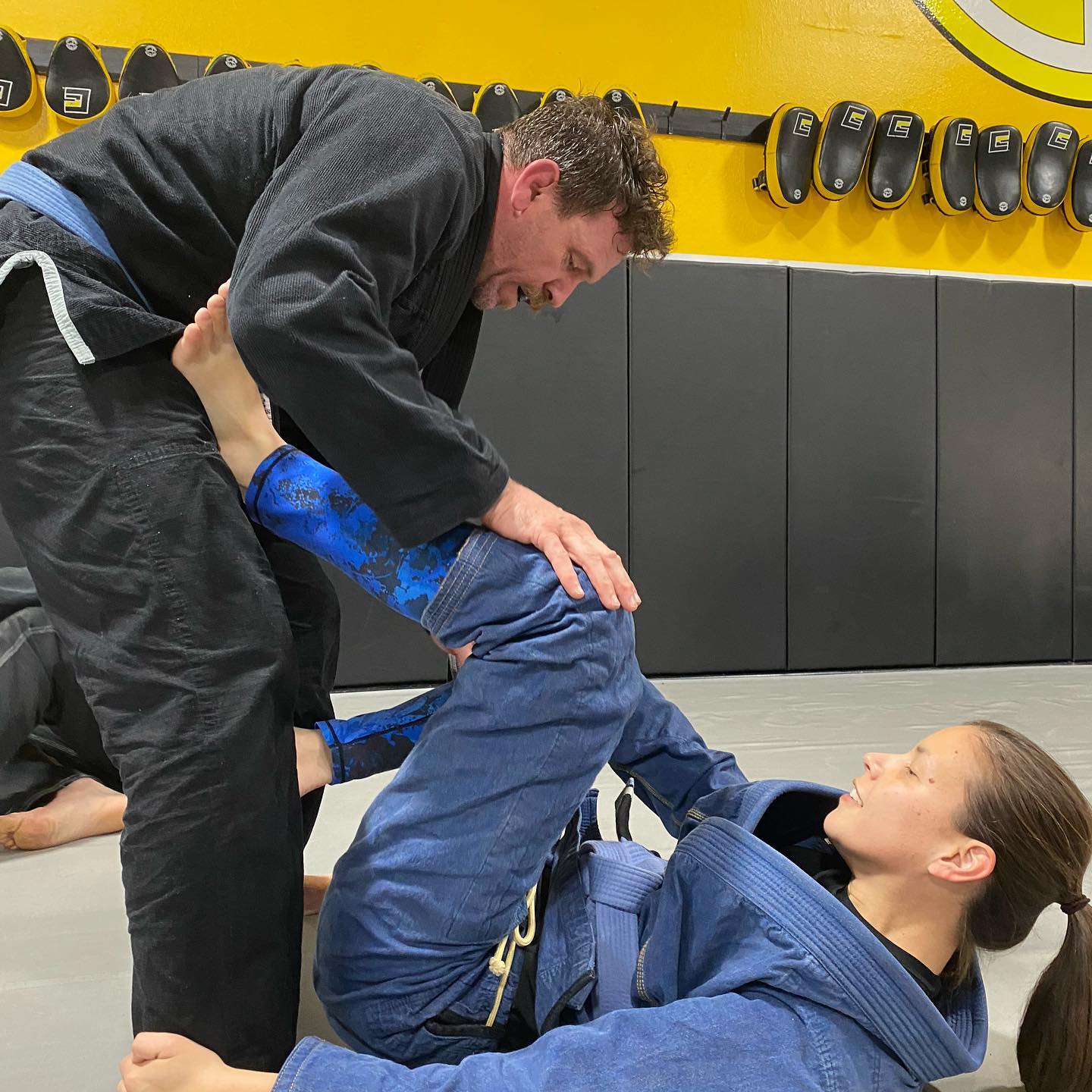The raw, primal engagement of two individuals, using strength, technique, and willpower to overcome the other – wrestling is as much an art as it is a sport. It encapsulates the essence of human physical competition. While many appreciate its competitive nature, few take the time to understand the intricacies of its techniques. Let’s dive deeper into the art of grappling and explore the world of wrestling maneuvers.
1. Takedowns
Contents
A staple in wrestling, the takedown is a move to get your opponent off their feet and onto the mat. Several techniques dominate:
- Single Leg Takedown: Target one of the opponent’s legs, trying to off-balance and bring them down.
- Double Leg Takedown: As the name suggests, both legs are targeted, often resulting in a more forceful descent.
2. Throws
Incorporated from judo and other martial arts, throws use an opponent’s momentum against them.
- Hip Throw: Using your hip as a pivot point, you leverage the opponent over your body.
- Suplex: A powerful move where you lift your opponent off the ground and arc them backwards onto the mat.
3. Pins
The ultimate goal in many wrestling formats, a pin involves holding your opponent’s shoulders to the mat.
- Half Nelson: Using one hand to press the opponent’s neck down while the other arm controls their arm.
- Cradle: Locking hands around a portion of the opponent’s body, usually involving the neck and leg, to hold them in place.
4. Joint Locks
Applying pressure on the joints to immobilize or submit an opponent.
- Armbar: Extending the opponent’s arm and applying pressure on the elbow.
- Kimura: A shoulder lock, often forcing the opponent’s hand behind their back.
5. Chokes and Strangles
Using an arm or leg to compress the opponent’s neck, cutting off air or blood flow.
- Rear Naked Choke: Coming from behind the opponent, the arm wraps around their neck, squeezing tightly.
- Triangle Choke: Using the legs to trap the opponent’s head and arm, applying pressure to the neck.
6. Escapes and Reversals
When on the defensive, these techniques help wrestlers regain a dominant position.
- Sit-Out Turn-In: From a referee’s position, the bottom wrestler sits out and turns towards the opponent to change positions.
- Bridge and Roll: Using the neck and shoulders to arch the back and roll over, attempting to reverse a pin.
7. Ride and Control Techniques
Once an opponent is down, these techniques ensure they stay there.
- Spiral Ride: Applying pressure and circling the opponent to break them down flat on the mat.
- Tight Waist: Locking hands around the opponent’s waist, using body weight to control them.
8. Leg Techniques
Integrating legwork can give a wrestler an upper hand.
- Leg Lace: Twining your legs around those of your opponent, immobilizing them.
- Ankle Pick: Targeting an opponent’s ankle to unbalance and takedown.
Conclusion
Wrestling techniques embody years of evolution, shaped by countless matches and numerous cultures. They’re a blend of physics, anatomy, and sheer willpower. Whether you’re an avid fan, a practitioner, or someone newly introduced to the sport, understanding these techniques provides a deeper appreciation for the art of grappling.



